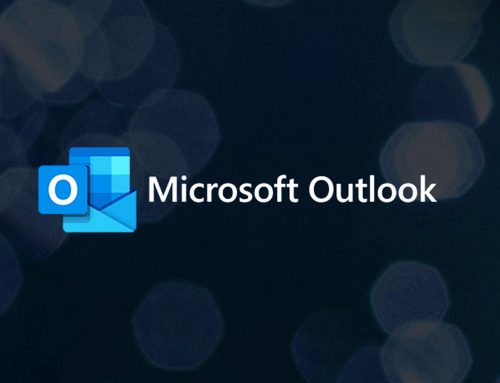Who does not know Microsoft? Everyone, at least who uses a desktop or notebook Personal Computer (PC), must know the Information Technology Giant. It might even not just know you, but also use a homemade product, though maybe only one.
Microsoft is known to have many products, especially in the software or application sector, including the Windows operating system that dominates the operating system market share.
And another one, Microsoft Azure, is a cloud computing service created by Microsoft for building, testing, deploying, and managing applications and services through Microsoft managed data centers.

Microsoft Azure cloud computing service provides infrastructure as a service (IaaS), software as a service (SaaS), and platform as a service (PaaS), and supports many different programming languages, tools and frameworks, including both Microsoft specific and third party software and systems.
Azure was announced in October 2008, started with code name “Project Red Dog”, and released on February 1, 2010, as “Windows Azure” before being renamed “Microsoft Azure” on March 25, 2014.
Organizations big and small are doing great things with Azure. And now what we see what product it is.
- AI + Machine Learning
- Analytics
- Blockchain
- Compute
- Containers
- Databases
- Developer Tools
- DevOps
- Hybrid
- Identity
- Integration
- Internet of Things
- Management
- Media
- Migration
- Mixed Reality
- Mobile
- Networking
- Security
- Storage
- Web
- Windows Virtual Desktop
At its annual Ignite conference in 2019, Microsoft previewed Azure Arc which allows users to utilize Azure’s management tools and data services on virtually any platform, including those of its competitors such as AWS and Google Cloud.
Using Azure Arc, developers can now build containerized apps using their tools of choice and IT teams can ensure that these apps are deployed, configured and managed uniformly using GitOps based configuration management.
Microsoft has also made it easier to implement cloud security across environments using Azure Arc with centralized role-based access control and security policies.
Just as Google did with its open platform Anthos, Azure Arc uses Kubernetes to enable customers to build out their hybrid cloud deployments across platforms.






Leave A Comment